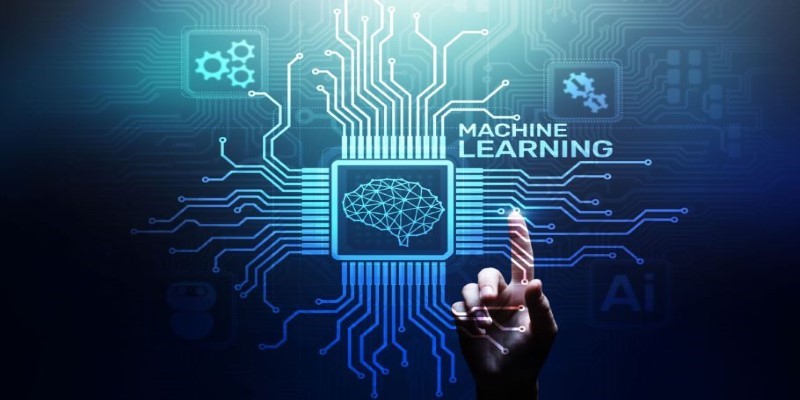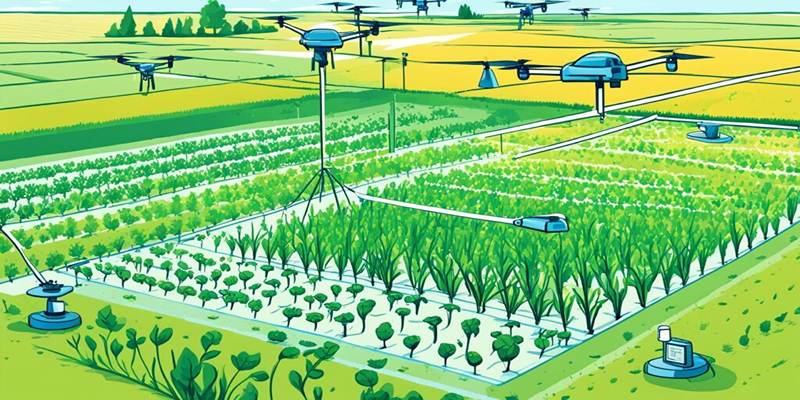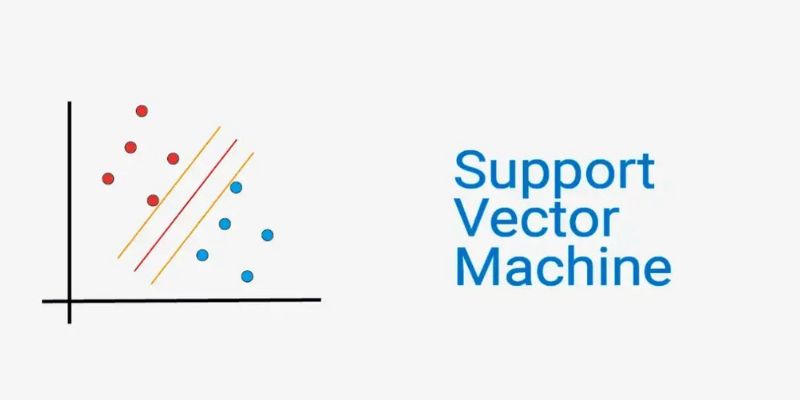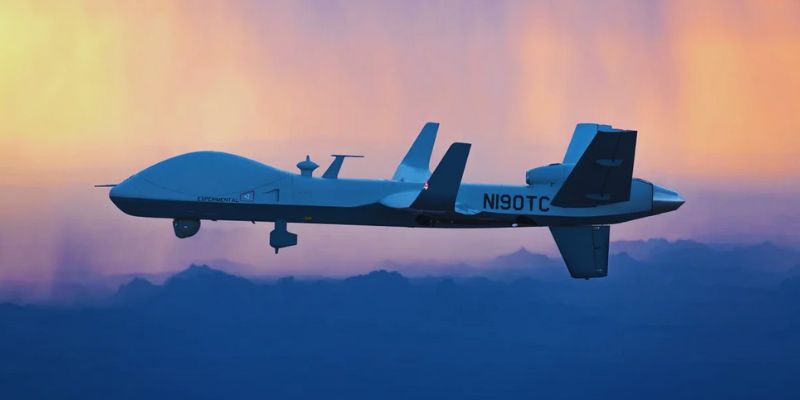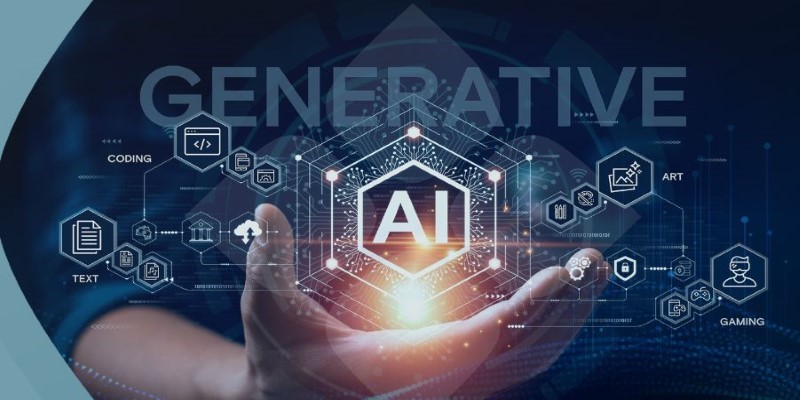Artificial intelligence is evolving at a rapid pace, but using it efficiently in real-world applications is still a challenge. Many developers struggle with integrating AI models into their software without spending weeks or months reinventing the wheel. LangChain aims to solve this problem by offering a structured way to build AI-powered applications. It acts as a framework that connects Large Language Models (LLMs) with data sources, workflows, and external tools.
Instead of writing complex code for each AI-driven function, developers can rely on LangChain to streamline AI workflow automation. This framework is becoming a critical part of AI development, helping businesses and engineers create smarter, more responsive applications with minimal effort.
What Is LangChain?
LangChain is an open-source framework designed to help developers build applications powered by large language models. AI models such as GPT-4 are capable, but they need structured workflows to operate effectively in practical applications. LangChain streamlines this by providing tools, integrations, and templates that enable developers to link AI models with various data sources, APIs, and user inputs.
At its core, LangChain assists in automating the way AI communicates with outside information. Rather than relying on a single language model that simply receives static input, LangChain enables AI models to draw real-time data, recall prior engagements, and communicate with outside systems. This renders AI-based applications much more powerful, whether for customer support, content creation, or intricate decision-making.
For example, suppose a company wants to build an AI chatbot that can retrieve real-time financial data, respond based on historical conversations, and make recommendations. In that case, LangChain provides the necessary components to integrate all these functions seamlessly. Without LangChain, a developer would have to manually program these capabilities, making AI integration far more time-consuming.
How LangChain Enhances AI-Powered Applications?
One of LangChain's key advantages is its capacity to organize AI interactions efficiently. Rather than giving an AI model an uncomplicated question-and-answer function, LangChain allows multiple steps of reasoning, memory, and tool use. This means that applications that operate with more sophisticated AI tasks are possible without needing constant human direction.

Memory management is one of LangChain's strongest features. Traditional AI models do not meaningfully retain past interactions. However, LangChain provides tools for short-term and long-term memory, allowing AI to reference previous user interactions. This is particularly useful for AI assistants, chatbots, and virtual agents that need to maintain contextual awareness over time.
Another major benefit is LangChain’s ability to integrate with external data sources. AI models often rely on pre-trained knowledge, but real-world applications need access to updated information. LangChain can connect AI to APIs, databases, and document repositories, ensuring that responses are based on the most current data available. This feature is especially valuable in applications like automated research, legal document analysis, and financial advisory systems.
LangChain also excels at AI workflow automation. Many AI applications require complex multi-step interactions, such as retrieving data, analyzing it, and generating a response based on specific conditions. Instead of writing separate code for each step, LangChain allows developers to define logical workflows that guide AI models through different tasks efficiently. This reduces the complexity of building AI-powered applications and makes them more reliable.
Real-World Applications of LangChain
LangChain is already transforming several industries by making AI more accessible and functional. In customer service, companies use LangChain to build AI-driven chatbots that can hold meaningful conversations with users. These bots can remember previous interactions, pull real-time data, and provide personalized responses.
In finance, LangChain helps automate trading strategies and market analysis. AI models can pull live stock data, analyze trends, and suggest trades based on historical patterns. Without LangChain, integrating these capabilities would require complex custom code.
Another emerging use case is in content generation. LangChain is helping businesses automate writing tasks, from generating product descriptions to summarizing lengthy reports. AI can be trained to pull relevant data, analyze key points, and create structured content that meets specific business needs.
Healthcare is also benefiting from LangChain’s capabilities. AI-powered medical assistants use it to access patient data, summarize research findings, and assist doctors in diagnosing conditions. By connecting AI models with structured medical databases, LangChain ensures that healthcare professionals receive accurate and up-to-date insights.
Even legal firms are exploring LangChain to automate contract analysis. AI can process lengthy legal documents, identify key clauses, and suggest modifications, making legal workflows faster and more efficient.
Why LangChain Matters for the Future of AI?
As AI adoption continues to grow, frameworks like LangChain will play a crucial role in making AI models more useful in real-world applications. Without structured tools to manage memory, integrate data sources, and automate workflows, AI remains limited to standalone tasks. LangChain bridges this gap by ensuring AI is both intelligent and operationally efficient.

Developers who adopt LangChain can build AI applications faster, with fewer errors, and with greater scalability. Instead of worrying about connecting multiple technologies manually, they can focus on refining AI logic and improving user experience. This shift is likely to accelerate AI development across industries, leading to smarter software solutions and more intuitive digital experiences.
As businesses continue to integrate AI into their operations, LangChain will become an essential part of the AI ecosystem. Offering a flexible, developer-friendly framework simplifies AI-powered automation and ensures that AI models can be used to their full potential.
Conclusion
LangChain is a game-changer for AI development, bridging the gap between Large Language Models and real-world applications. It allows AI-powered systems to retain memory, integrate with external data sources, and follow structured workflows, making them far more efficient and useful. From chatbots and finance automation to content creation and healthcare, LangChain is proving its value across multiple industries. Its ability to streamline AI workflow automation ensures that developers can focus on innovation rather than struggling with complex integrations. As AI technology advances, LangChain is set to become a foundational tool for building smarter, more adaptable applications that respond to real-world challenges.


